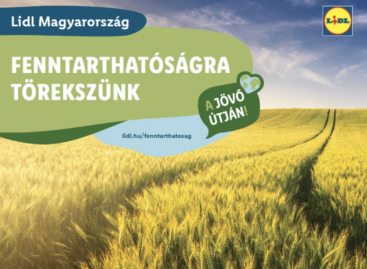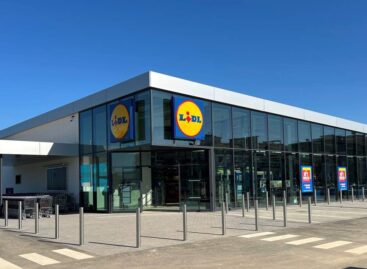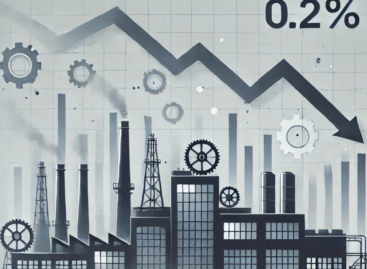Hold my beer! – the beer market accepts the challenge
Domestic sales of the five biggest breweries in Hungary were 3% higher in 2022 than in the previous year. More than 6 million hectolitres of beer were sold. Production costs skyrocketed last year, in part because Ukraine is one of the biggest cereal exporters in the world. Glass bottle prices also increased, as production stopped in Ukrainian factories. Plus each phase of the beer brewing process requires lots of energy, the price of which also jumped last year. To make things worse, the government raised the excise duty on beer by 10%.
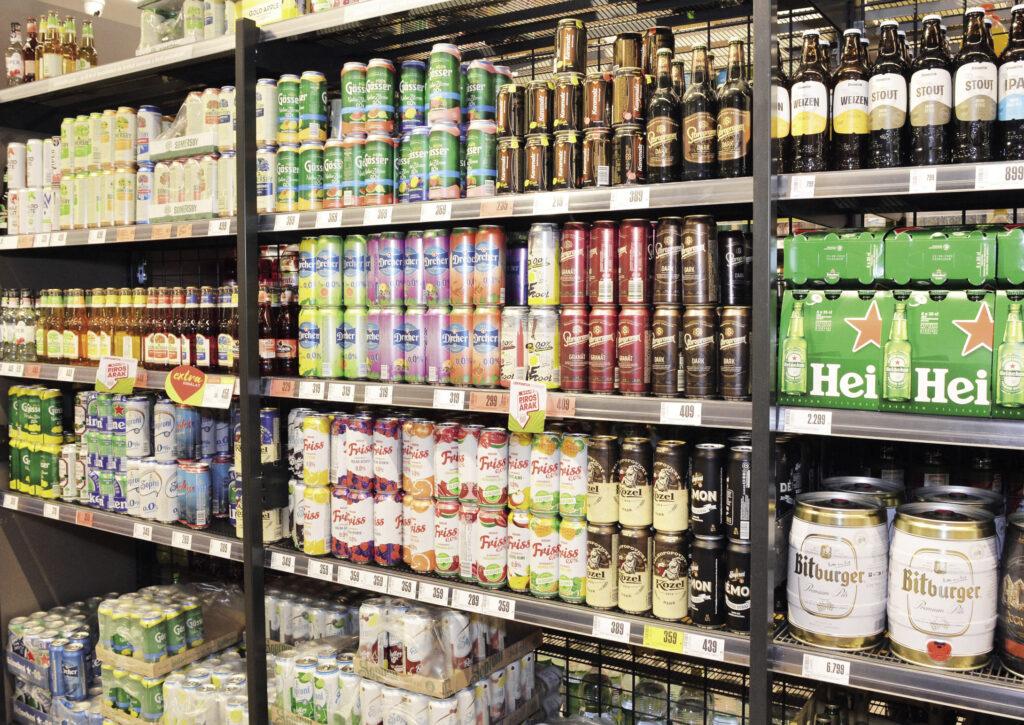
After a year featuring price increases in 2022, this year also holds many uncertainties for the beer market

Dr. Sándor Kántor
executive director
Association of Hungarian Brewers
Dr Sándor Kántor, executive director of the Association of Hungarian Brewers:
“Beer companies had to increase prices several times last year, but the price growth was smaller than the inflation rate. This means that the profitability of brewing and selling beer was smaller for every brewery than they had expected.”
Canned beer is unbeatable
Just like in the past few years, discounters were strengthening their positions in sales in 2022. In packaging canned beer remained the most popular, especially the 0.5-litre size.
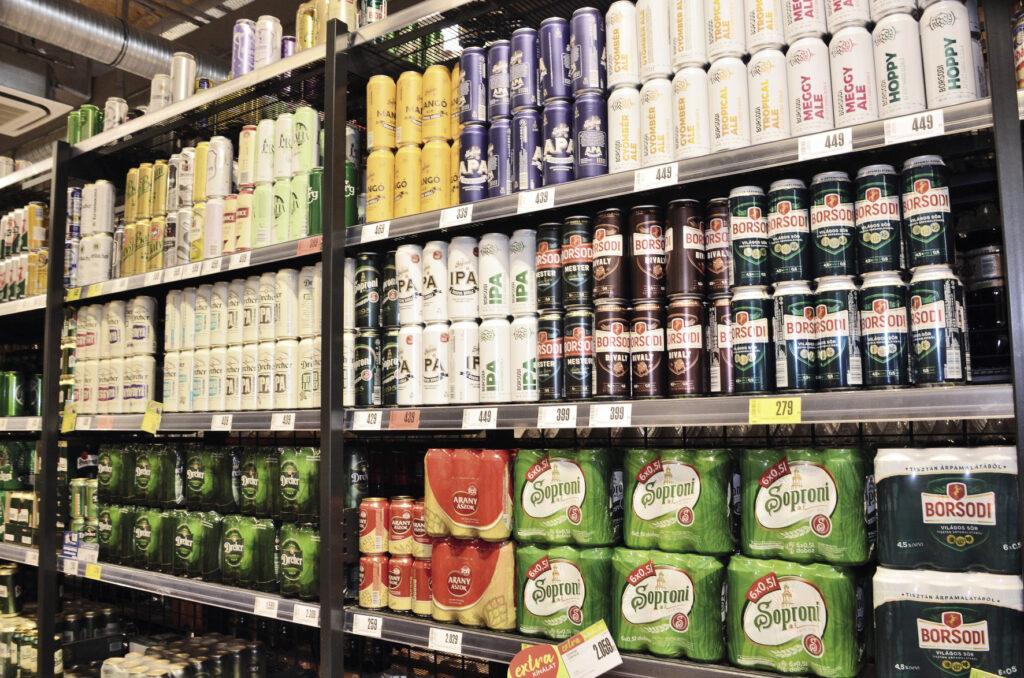
Canned beer remained the most popular, especially the 0.5-litre size

György Spiegel
marketing director
Borsodi Sörgyár
György Spiegel, marketing director of Borsodi Brewery Kft.:
“Economic instability and the difficult situation of the HoReCa sector had an influence on the business results of Borsodi too, so our sales performance stayed below the pre-pandemic level.”
In 2022 Borsodi updated the recipe of the lager beer Borsodi Világos, and they rolled out several new products, e.g. Borsodi Tropical Ale.
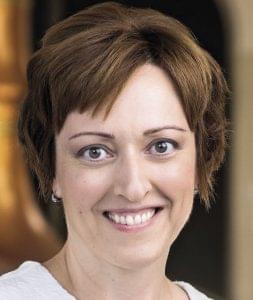
Ibolya Szabó
corporate affairs director
Dreher Breweries
Ibolya Szabó, corporate affairs director of Dreher Breweries:
“The challenges brought about by 2022 affected the whole sector, together with related industries such as hospitality and tourism. Luckily there is good news too. After a two-year hiatus, there were big summer festivals again, and together with the football World Cup, these had a positive impact on beer sales.”
Bravery pays off
One of the biggest success stories for Borsodi Brewery Kft. last year was updating the recipe of Borsodi lager. The product no longer contains corn grits, it is brewed exclusively from barley malt. Beer lovers welcomed the change and the brewery hopes that they won new buyers with this move. Modern recipe, but the same old taste and colour – this is what Borsodi lager offers today.
Dreher Breweries continues the technological modernisation of production in 2023. In product innovation, last March the brewery rolled out Dreher Bitter, a lager with IBU 50 bitterness, and the alcohol-free Peroni Nastro Azzurro. May brought the debut of a new product from ANTL, the experimental brand of Dreher Breweries: ANTL New England IPA. Since December 2022 ANTL Key West APA with 5.2% alcohol content has also been available.
Will HoReCa get back on its feet this year?
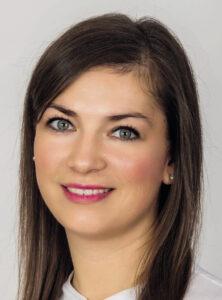
Vivien Reinhardt
head of portfolio
HEINEKEN Hungária
Breweries
Vivien Reinhardt, head of portfolio and CMI at HEINEKEN Hungária Breweries Zrt.:
“We look at 2023 as a year when it is going to be difficult to predict things. It is hard to tell how shoppers will react to the elevating prices, so we will keep monitoring consumers and the market.”
Plus this is also the year when the beer industry has to prepare for the deposit return scheme, which will debut in 2024. For HEINEKEN Hungária Breweries the biggest product launch was Heineken Silver in 2022. By introducing this product, the brewery established the new category of sessionable lagers (easy to drink lagers with low alcohol content). Heineken Silver’s launch was also special because it took place in virtual reality. Feedback is that generation Z and women especially love the new product.
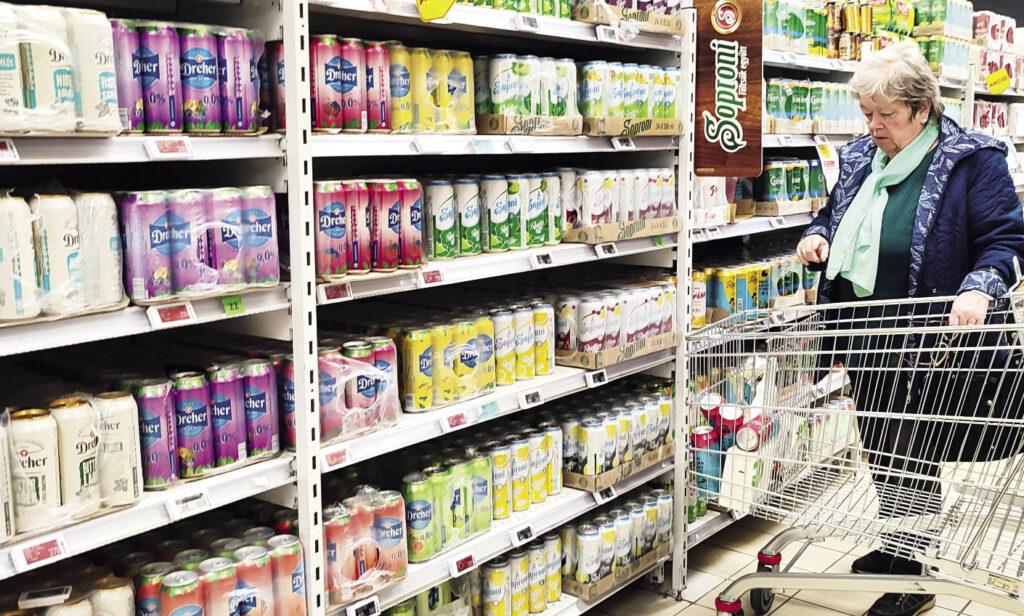
The segments of alcohol-free and flavoured beers are more and more diverse, as manufacturers try to provide consumers with the possible best taste and refreshment
Self-rewarding by drinking premium beer

Péter Starcsevics
commercial director
Stari-Ker
Péter Starcsevics, commercial director of Stari – Ker Kereskedelmi Kft.:
“We almost had to withdraw a product from the market, because the printing company named a price for the new label that would have made the given beer unsellable.”
It seems that shoppers stick with premium quality beers, and some of them even upgrade to more expensive products, because they like to reward themselves by enjoying a super-premium beer at the end of a busy working day. In 2021 Stari – Ker Kereskedelmi Kft. came out with an alcohol-free beer portfolio, and this year a fruit variant will be added to this selection. The company has no intention to make changes packaging-wise, as their main sales channel is HoReCa, where there isn’t really a place for canned beer. In 2023 the brewery will put a lemon-flavoured alcohol-free beer on the market.
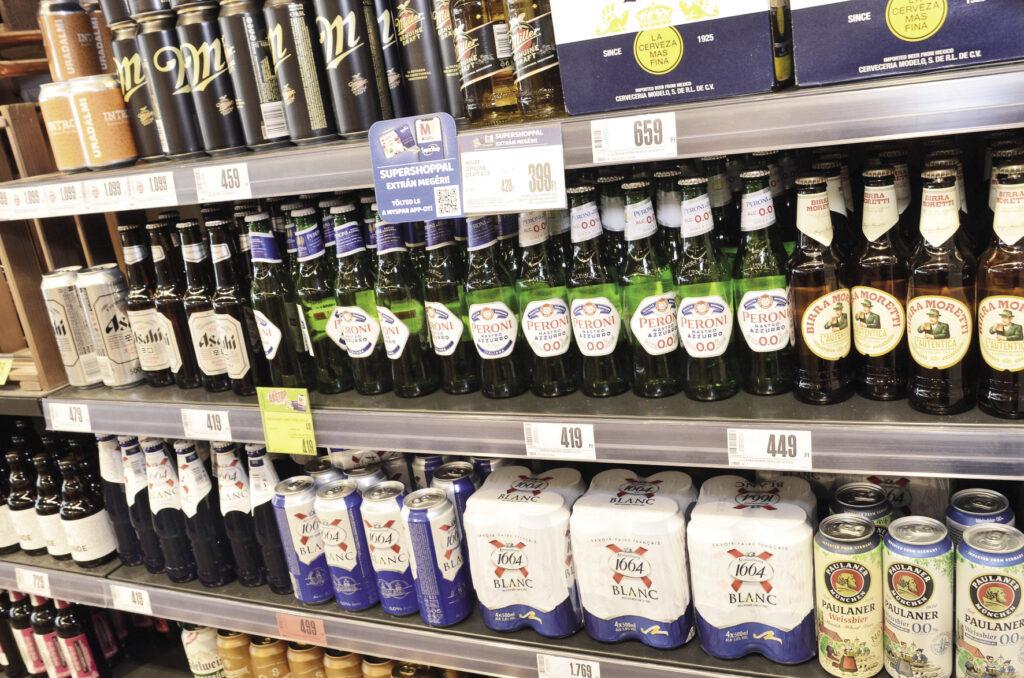
Premium beers continue increasing their market share
//
Mégis a lager az igazi
Az elmúlt évek sörpiaci híreit tekintve hajlamosak vagyunk azt gondolni, hogy hazánk a különleges sörök országa lett. Az eladótérben nem ritkák a kézműves sörök displayei. Még ha tudjuk is, hogy ezt a „játékot” is pénzben játsszák, érdemes ilyenkor megnézni, hogy mennyiségben hogyan szegmentálódik a magyar piac.


Vendégszerző:
Bodnár Krisztina
business development
manager
GfK HáztartásPanel
A teljes piac (sör és cider együtt) közel 80%-át adják mennyiségben a lager típusú sörök. Második helyen nem a „különlegességek” állnak (barna, gyümölcsös, búza), hanem a radlerek – 13%-kal. A különlegességek együttes mennyiségi piacrésze nem éri el a 6%-ot. A ciderek részesedése – amennyiben ehhez a piachoz számítjuk őket – 2% mindössze. A barna sörök penetrációja az elmúlt három évben csökkenő tendenciát mutat: 2020-ban még több mint egymillió háztartás vásárolt egy év alatt barna sört, 2022-re már csak 814 ezer barnasör-vásárló háztartásról beszélhetünk. A gyümölcsös söröket vásárló háztartások száma 50 ezerrel csökkent 2022-ben. Radlereket ugyanakkor több mint 2 millió háztartás vásárol, lager söröket több mint 3 millió háztartás vesz.
Mit mondhatunk a növekedési ütemekről? (Az elemzésben mindenhol MAT 2022 Nov vs. előző év adatokkal számolunk.) Mennyiségi növekedést egyedül a radlerek produkáltak: 9%-kal több radler került értékesítésre az előző évhez képest.
A GfK-nál rendre vizsgáljuk, hogy az inflációs időszakban hogyan reagálnak a kategóriák. Novemberben azt láttuk, hogy a sör esetében más kategóriákhoz képest kevéssé jellemző a mennyiségi vásárlások csökkenése (ami jár, az jár – nem tűnik úgy, hogy a vásárlásokat visszafogták volna). Egész éves adatokat nézve is elmondható, hogy a mennyiségi csökkenés kisebb más kategóriákhoz képest – éves szinten kb. 3% -, és a downtiering is minimális – ez utóbbi azért is, mert ebben a kategóriában is vannak nagyon erős saját márkák, főleg a diszkontokban. Ebben az értelemben kisebb a lefelé váltás lehetősége.
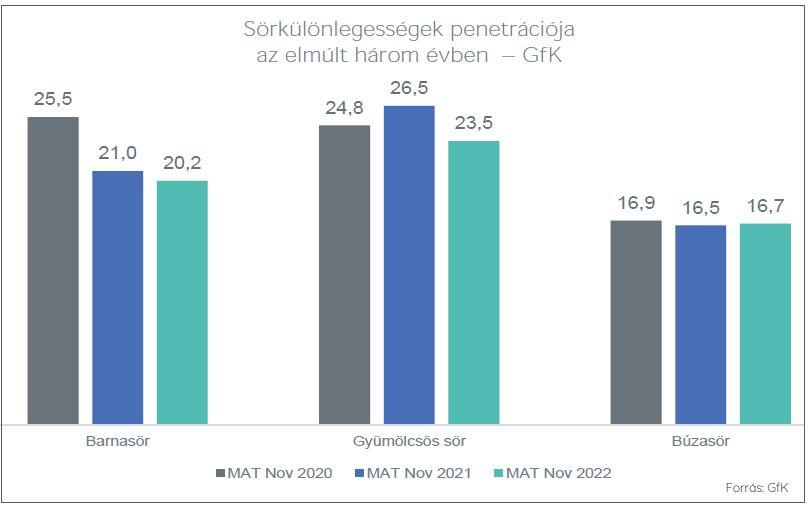
Lager söröket tekintve kiemelkedik a Tesco, a Lidl, a Penny Market penetrációja – mindhárom láncról elmondható, hogy a háztartások kb. 30%-a vásárolt sört az említett láncokban legalább egyszer az MAT 2022 november időszakban. A dohányboltok is fontos értékesítési pontnak számítanak – bár mindig hangsúlyozzuk, hogy a GfK elsősorban a háztartási fogyasztásra vásárolt mennyiségeket látja a módszer jellegéből fakadóan. Mindenesetre jól látható, hogy a sör kategória vásárlási gyakorisága nő a dohányboltokban. //
A cikk a Trade magazin 2023/4. lapszámában olvasható.
Related news
Lidl has published its 3rd sustainability report
Lidl Hungary’s sustainability report for the 2022/2023 business years has…
Read more >TikTok conqueror: Dubai chocolate craze at Lidl
As the Christmas holidays approach, there is an increasing demand…
Read more >Lidl offers many products cheaper than last year
Lidl Hungary offered more than 600 products cheaper in November…
Read more >Related news
Recognition of Consumer Protection Excellence: Honoring the Best of 2024
This year’s outstanding consumer protection officers and special award recipients…
Read more >The Joy of Giving! – SPAR stores collect non-perishable food for people in need
The Hungarian Maltese Charity Service and SPAR Hungary have launched…
Read more >KSH: industrial production decreased by 0.2 percent in October
In October, the volume of industrial production fell by 0.2…
Read more >
